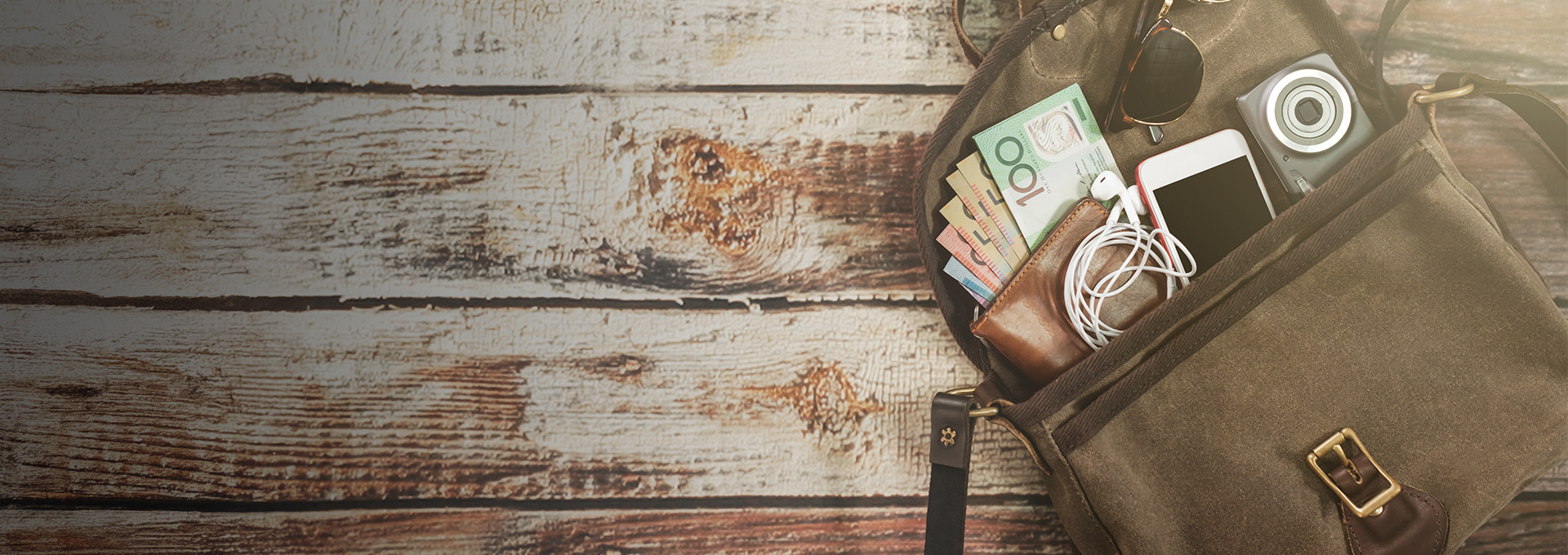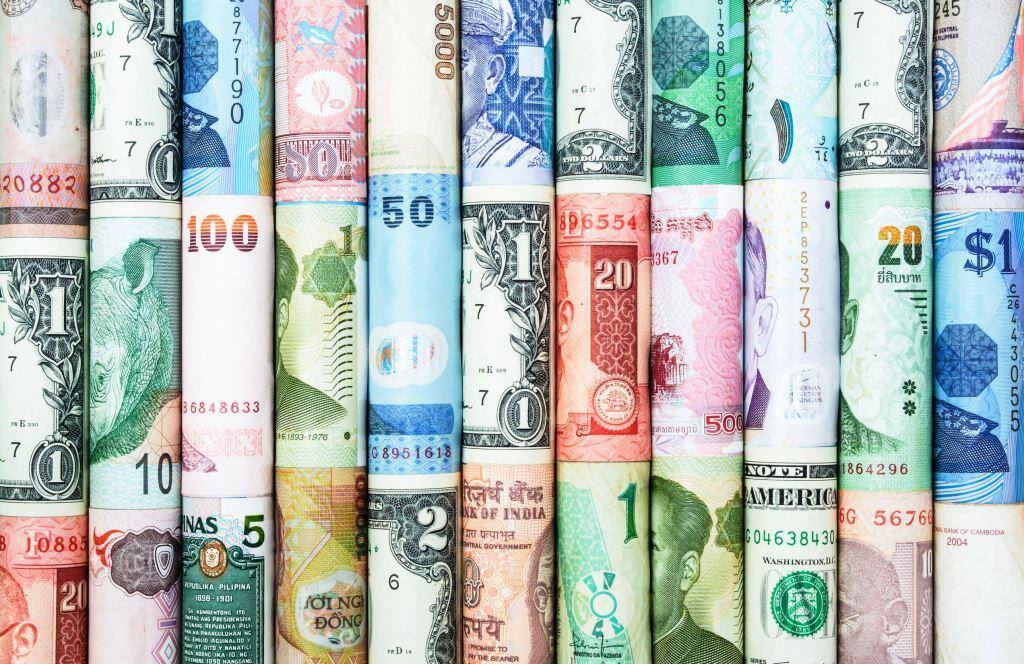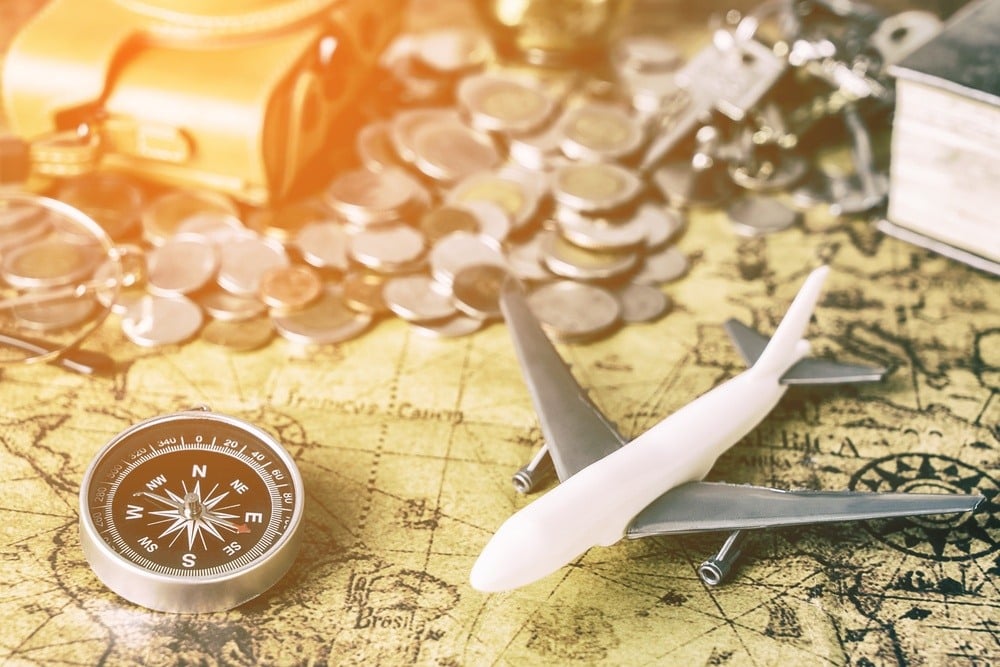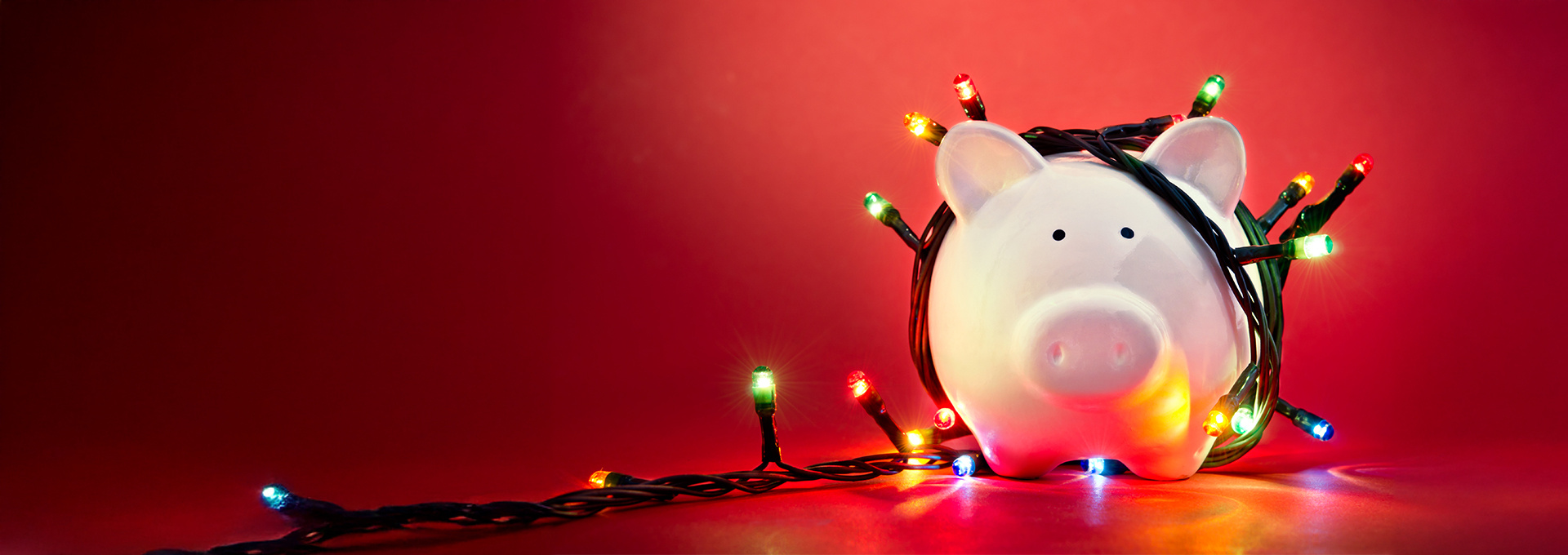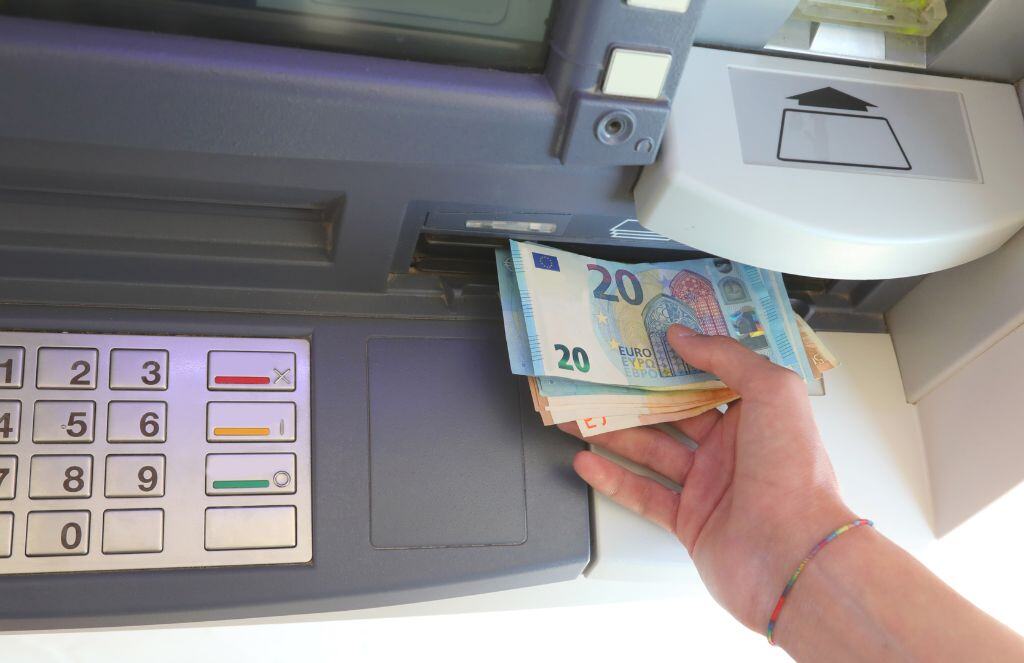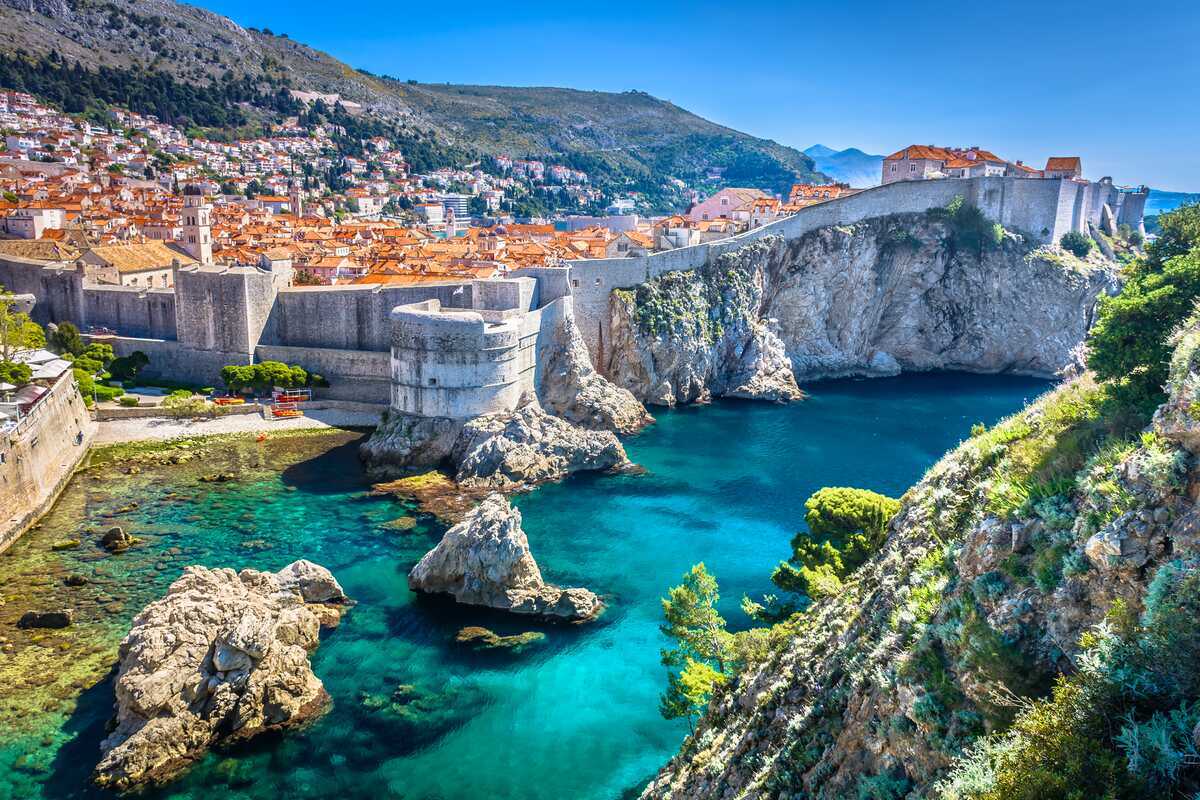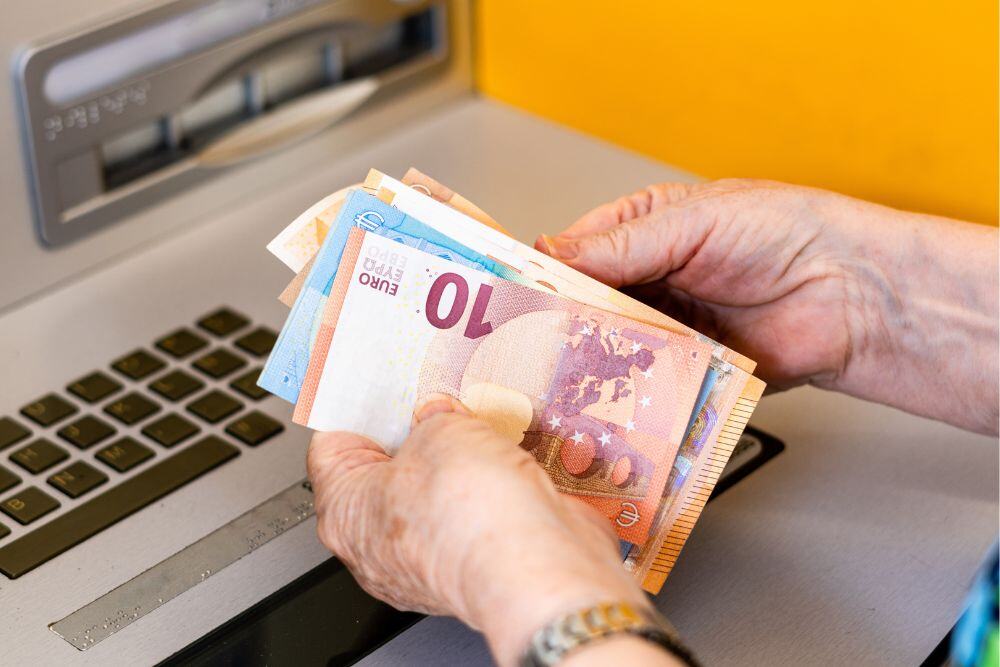💰Scratch to WIN a share of $50,000! Every customer wins. Ends Jan 31st. Learn More
ATMs in Croatia - Can I Use My Australian Debit & Credit Cards in Croatia?
Are you planning a Croatian getaway? Before you hit the beautiful beaches or explore historic sites, there’s one crucial element of your trip you need to consider - how to access your funds while roaming the picturesque streets of Croatia. After all, there’s nothing worse than being stranded with no cash and no way of accessing more!
At Crown Currency Exchange, we believe that no matter where you’re headed, your holiday should be as stress-free as possible. That’s why we’ve put together this guide to using Australian credit and debit cards in Croatian ATMS. Here, you’ll learn whether it’s possible, how much you may be charged, and a ton of helpful information that will ensure you get the best out of your Croatian adventure.
Safety and Security Tips for Using ATMs in Croatia
We know that even the best-laid plans are susceptible to disruption, so if you find yourself in a position with no choice but to use an ATM in Croatia, it’s important you feel safe and secure while doing so. Here are our top tips for this.
Consider Your Surroundings
One of the most important things you can do to assure your safety when using an ATM in Croatia is to look at where it’s located and observe what’s going on in the area. While you may think it’s safer to use an ATM in a quiet area that is tucked out of sight, this can actually make you a bigger target for theft. Instead, choose an ATM in a busier, well-lit area where any would-be thieves will be deterred from trying their luck! Likewise, if you feel anyone is loitering near the ATM or something just doesn’t feel safe, trust your instincts and choose another.
Inspect the ATM
If you feel you’ve found an ATM in a safe place to use, the next thing you should do is inspect it before you insert your card. Look for any signs of damage or tampering, especially around the card reader, as well as any strange-looking devices attached to it. These could be card skimmers or traps, which are designed to steal your information, so if anything seems out of place, avoid that ATM and report it to the local authorities.
Cover Your PIN
Another important thing you need to do when using an ATM in Croatia is to cover the keypad with your hand when prompted to enter it, as this will prevent anyone around you from being able to look at it or record it. It’s also a good idea to position your body in a way that blocks the screen from view, keeping your sensitive account information and the details of your transaction protected in the process.
Keep an Eye on Your Account
After you’ve made your transaction and placed your money somewhere safe, keep an eye on your account activity in the following days. Look for signs of cash withdrawals you don’t recall making or any online purchases you didn’t authorise, and if you spot anything unusual, contact your bank or credit card provider straight away.
Planning Tips For Your Trip to Croatia
Any holiday needs a certain amount of planning, not just around how to access your money but across activities, budgeting, and getting to your destination. This can feel quite daunting for some people, but with our top tips, it’s never been easier to plan the perfect Croatian holiday and rest assured that you’ve covered yourself for every eventuality.
Get Your Documents In Place
The first thing you need to do, and arguably the most important, is research what documents you need in order to visit Croatia. Australian citizens don’t currently require a visa to visit Croatia, which makes things a lot easier, but there are still certain criteria you need to meet, including having at least six months left before the expiration date on your passport. If you don’t have this, you’ll need to renew your passport before booking your trip.
Consider Travel Season
It’s also a good idea to think about the time of year you’d like to visit Croatia in line with what you’d like to see and do. The summer months (June to August) are the peak tourist season in Croatia, and the warm weather and buzzing atmosphere entice travellers from all over the world, which, in turn, means prices are higher and there are more crowds. However, throughout all other seasons, things are usually much quieter, which means activity and accommodation costs are lower.
Create an Itinerary and Budget
Once you know what time of year you’d like to visit Croatia, research some top attractions, cities, and regions to figure out what you’d like to do and see. Whether you’re drawn to historic sites, sandy beaches, or national parks, there’s something for everyone to enjoy in Croatia, and you can easily plan an itinerary that allows you to see and do a plethora of exciting things.
You should also create a travel budget that falls in line with your itinerary, with portions allocated to travel expenses, food, accommodation, and activities. You should also add an extra 10%-20% to your total budget to allow for any unforeseen circumstances and to cover any costs that were unexpectedly high.
Research Cultural Ettiquette
Another thing you should do before your trip is do a little research on Croatia’s customs and etiquette. This includes greetings, which is usually a handshake, and tipping, which, while not obligatory, is appreciated. Taking the time to do this will make it possible to show your respect for the services you’ve received and remove the risk of seeming impolite.
Purchase Insurance
No matter how carefully you plan and budget, you can never guarantee what life might throw at you, and for this reason, it’s a very good idea to purchase travel insurance before you visit Croatia. This will cover you for a multitude of unfortunate events, including cancelled flights and accommodation, lost luggage, medical expenses, and more. There are, however, some things that travel insurance can’t cover, such as a lost passport or dealing with criminal charges, and in this instance, you’ll need to contact The Australian Embassy in The Republic of Croatia.
Get the Best Exchange Rates on Euros at Crown Currency
Accessing your money while you’re in Croatia isn’t particularly difficult, especially since ATMs will allow cash withdrawals from international debit and credit cards. However, it’s important to remember that you’ll be charged for each transaction you make, which, over time, can cost quite a lot of money.
So, to save as much money as possible and be prepared for any eventuality, it’s best to take cash to Croatia. At Crown Currency Exchange, you’ll find the best rates on AUD to EUR with no commission fees or hidden costs. Head to one of our many convenient locations today, speak with our team of money exchange experts, and you’ll be one step closer to the Croatian holiday you’ve been dreaming of!
FAQs
Can I Withdraw Money from ATMs in Croatia?
Let’s answer the most burning question first. Yes, you can use an Australian debit card or credit card to withdraw money from a Croatian ATM. However, there are a few things you need to know, as each type of ATM has its own benefits and potential drawbacks.
We’ll start with bank-owned ATMs, which, as their name suggests, are owned and operated by Croatia’s national banks. These are commonly found in tourist areas and within bank branches, offering a convenient way of withdrawing cash, but they often have quite expensive fees for withdrawing cash using an international card. Some may also only support certain card networks, so you’ll need to check your card is compatible before you insert it.
There are also independently owned ATMs throughout Croatia, and these are often favoured by tourists as they accept cards from a wide range of international networks, including Visa and Mastercard. This convenience comes at a price, though, as they often charge hefty fees for withdrawing cash, and your own bank or credit card company may also charge you for using them.
Also, since independent ATMs are owned or operated by banks, they aren’t monitored quite so carefully, which means that there is a greater chance of security risk with these, such as skimming devices or card traps.
Differences Between Croatian and Australian ATMs
As you might expect, there are some key differences between the ATMs you’re used to using in Australia compared to Croatian ATMs, and it’s important to be prepared for these. Don’t panic - they aren’t too difficult to navigate!
The first main difference is language. Croatian ATMs will almost always use Croatian on the display, which can be difficult for English language users to figure out. However, there are a couple of simple tips for getting onto the English language option, the easiest of which is to simply look for a flag that relates to an English-speaking country. Select this, and the rest of your options will be in English.
In the case where a flag isn’t displayed, look for the option that says “Engleski”. Selecting this option will change all features to be displayed in English, making it much easier for you to see what you’re doing.
Another difference is the fees you’ll be charged when using a Croatian ATM. While you aren’t typically charged for using an ATM in Australia (depending on the network and who owns it), when you use your Australian card in a Croatian ATM, you may be charged a series of fees, including withdrawal fees, currency conversion fees, and an international transaction fee. As such, things can start becoming very expensive very quickly!
What Are the ATM Fees and Charges in Croatia?
But what do all of these fees add up to in total? Again, this depends on the type of ATM you choose. Bank-owned ATMs charge fees at a lower rate compared to independently-owned ATMs, but neither usually has a set monetary fee and, instead, will charge a percentage on top of your transaction that covers withdrawal fees, currency conversion fees, and international fees.
At a bank-owned ATM, this fee is usually around 6% of the total of your transaction. This means if you withdraw €100 Euros ($165 AUD), the total cost of your transaction could be €106 EUR ($174 AUD). This may not seem too steep, but it’s also important to remember that your bank may charge you a fee for using your card abroad, too, so it’s worth checking with them before your trip to see how much this will be.
Fees at independently owned ATMs are higher but also work on a percentage basis, charging an average of 9% of your transaction each time you use them. So, if you withdraw €100 Euros ($165 AUD) at one of these ATMs, you could end up spending as much as €109 ($180 AUD). Similarly to using bank-owned ATMs, your credit card provider or bank may also charge you their own fee for these transactions, pushing the overall cost up even further.
But what about withdrawal limits? This varies between ATMs and which companies own and operate them, but the average maximum daily withdrawal is €700 EUR per day. There’s a double negative to this, as not only is it generally not a good idea to carry this much cash on you at once, but since you’re limited to how much you can withdraw and you’ll be charged for making withdrawals, you run the risk of racking up multiple fees throughout your trip.
Top Tip: Without a doubt, the best way of avoiding fees and keeping your finances in check is by exchanging money before your trip and taking cash with you.
What Should You Do if Your Card is Lost or Stolen in Croatia?
The first thing you need to do is contact your bank or credit card company. They will cancel the card for you, talk you through recent transactions to make sure nothing has been spent without your approval, and arrange to have a new card sent to your home address. They’ll also be able to advise you on how to access your money from an ATM or bank without your card while you’re abroad, which is essential if you’ve run out of money.
If you believe your card has been stolen, you’re likely to be asked to report the incident to the police in Croatia. Following this, you’ll be given a police report and a reference number, which you’ll need to give to your bank to help them with their investigation, and this will also make it possible for them to reimburse you for what you have lost.
Should You Take Cash to Croatia?
While you do have the option to withdraw money from ATMs and use your credit and debit cards to pay for services widely throughout Croatia, it’s better to take cash with you rather than rely on your cards. There are a few good reasons for this, but the biggest benefit of taking cash is that you’ll avoid the fees charged by ATMs and by your bank or credit card company.
You’re also opening up a world of shopping, dining, and entertainment options when you take cash to Croatia, as some places may not accept card payments. As such, you aren’t limited to what you can do or buy, and you’ll be able to experience everything Croatia has to offer!
Another benefit of taking cash to Croatia is that it makes it possible to create an emergency fund. This means that you’ll be able to cover the cost of unexpected events without having to worry about paying with your card or exchanging money.







